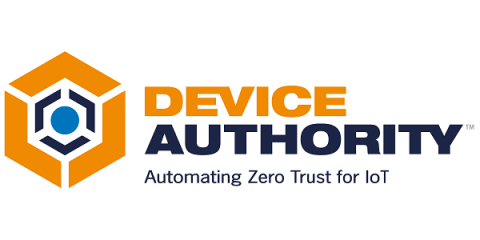Using the Azure PKI Solution for IoT Security
Public Key Infrastructure (PKI) is a set of policies, and procedures needed to create, manage, distribute, use, store, and revoke digital certificates. The purpose of PKI is to facilitate secure electronic communications by authenticating users and devices. Organizations that use PKI can be assured that their messages are confidential and tamper-proof because each message is encrypted with a unique key that only the intended recipient can decrypt.


